Three No-Cost Steps To Energy Efficiency
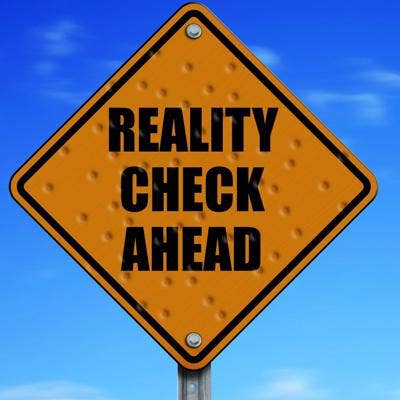
Three Steps To Energy Efficiency
Energy efficiency will be an essential part of our future. As companies seek new and creative ways to squeeze every ounce of value from existing resources, wise resellers will have solutions at the ready.
Armed with some common sense and a few simple skills, resellers can not only help customers reduce their monthly utility costs, but earn themselves extra revenue in the process. Here's a simple plan to cut power usage.
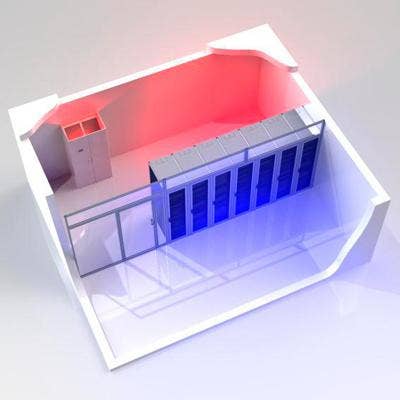
Step 1. The Walk Through
Regardless of the size of a company's data center (or server closet), each contains equipment that generates unwanted heat. Aside from the computer room air conditioners (CRAC), the primary factor affecting computer room cooling efficiency is the orientation of the computing components relative to their intake and exhaust.
Step one is to arrange the servers, switches and other heat generators so their hot-air exhaust vents are all facing the same general direction. This "hot-aisle cold-aisle" technique helps ensure that air going into machines is as cool as possible and that chilled air is not being sucked out of the room before it cools any equipment.
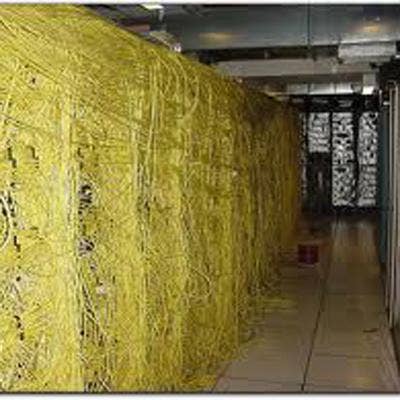
Clear The Way
For rack-mounted systems, check that the air intake and output aren't obstructed, and that system fans are able to draw air freely into the cabinets and blow it out the rear. An overabundance of network wiring (as in this photo), boxes or other objects can restrict the flow of cool air into servers, storage and other systems, or block its egress, sapping efficiency and causing systems to overheat.
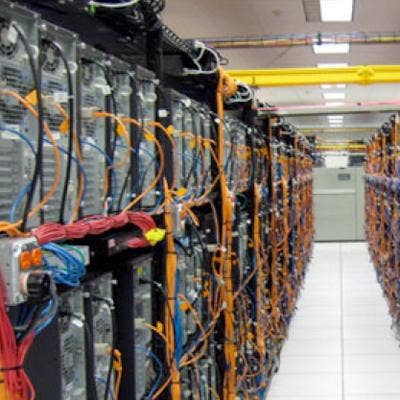
Mind The Gaps
After clearing the airflows, make sure that blank plates or filler material is used in all the spaces between servers and other rack-mounted components. This will maximize the capillary action of air flow through compute components and help maintain separation between hot and cold air masses.
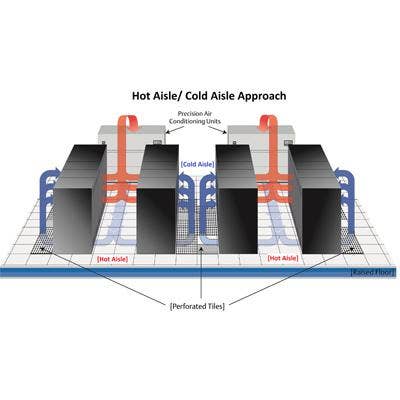
Hot And Cold
Once the room is arranged into hot and cold aisles (or areas), efficiency can be further improved by adding partitions between those aisles, just as it's best to raise the windows when a car's air conditioning is on. Data centers that are arranged for efficiency and partitioned can save as much as 15 percent on air conditioning costs and 67 percent on the cost of fan systems, according to a Lawrence Berkeley National Laboratory study.
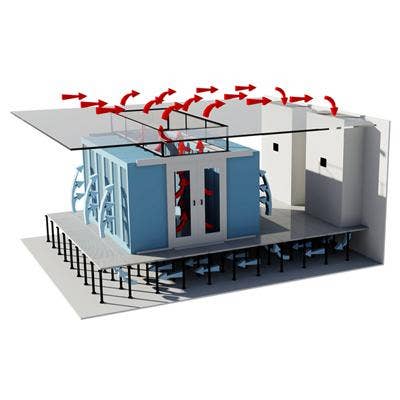
It's Partition Time
A variation of this technique is to isolate the hot aisle alone, directing heated computer exhaust toward the CRAC unit's intake or an opening in a plenum ceiling. Whether cool air comes from under the floor (as shown), from a cooling unit in the room or from the building's CRAC, it's important to provide hot air with an easy path toward the exit, preferably straight up.
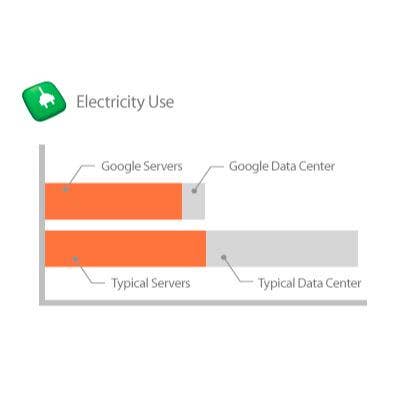
Step 2. Get The PUE
The next step is to calculate the data center's power usage efficiency, or PUE. Doing so at this point will provide a baseline for tracking power efficiency improvements made in step three. The PUE is simply the total power usage (in watts) of the data center (including lights, cooling systems and IT equipment) divided by the power used by the IT equipment alone. There's more detail on the next slide.
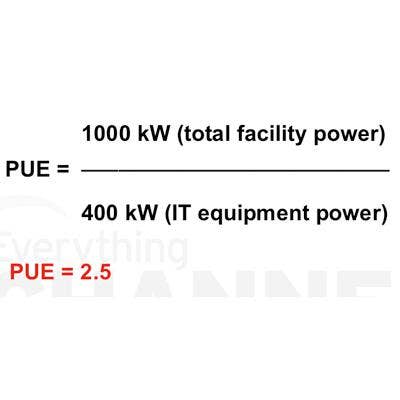
More PUE detail
When calculating IT load, include only components directly related to computing, such as servers, storage, switches, routers and so on. Don't include UPSes, cooling units or anything that's not plugged into a computer. According to the Uptime Institute, a PUE of 2.0 or 2.5 is average for small and medium-sized data centers.
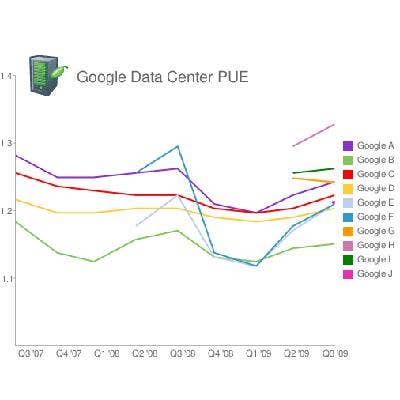
The Power Of PUE
A perfect PUE of 1.0 would indicate that an organization's compute resources represent the entirety of its infrastructure energy needs. This is not really possible, of course, but some companies get pretty close. With a PUE of about 1.2 is Google, which runs the most efficient data centers in the world. The company measures its quarterly PUE figures (shown), and publishes its power saving methodologies for the world to see (and use). It's also helpful if you can design and custom-manufacture your own servers, as Google does.
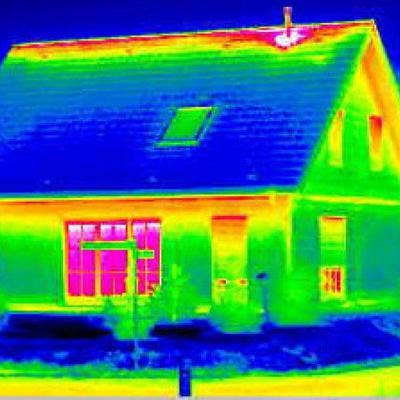
Step 3. Full Power Audit
Short of building your own energy-efficient servers, measuring the power consumption of components on data center racks and shelves is among the only remaining options. One quick route to greater efficiency is to examine the age of the customer's uninterruptible power supplies. Today's UPSes are far more efficient than those manufactured even three years ago. And if they're more than five years old, they're probably ready for the scrap heap anyway. After replacing the UPSes, measure the PUE again to demonstrate the improvement.
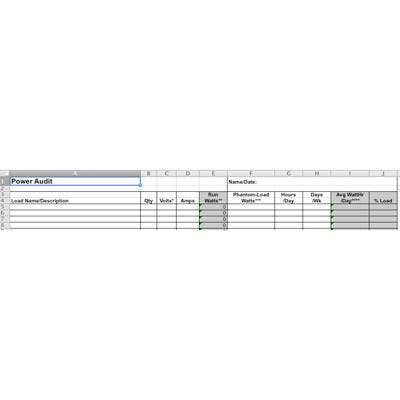
Get the Facts
The final step is to measure and record the power consumption of the remaining IT components. To simplify the job, we've obtained this Power Audit worksheet from Appropedia.com, which includes formulas to calculate usage. Once completed, the most inefficient components can be identified and targeted for power reduction based on their individual settings or replaced or upgraded to more energy efficient models.